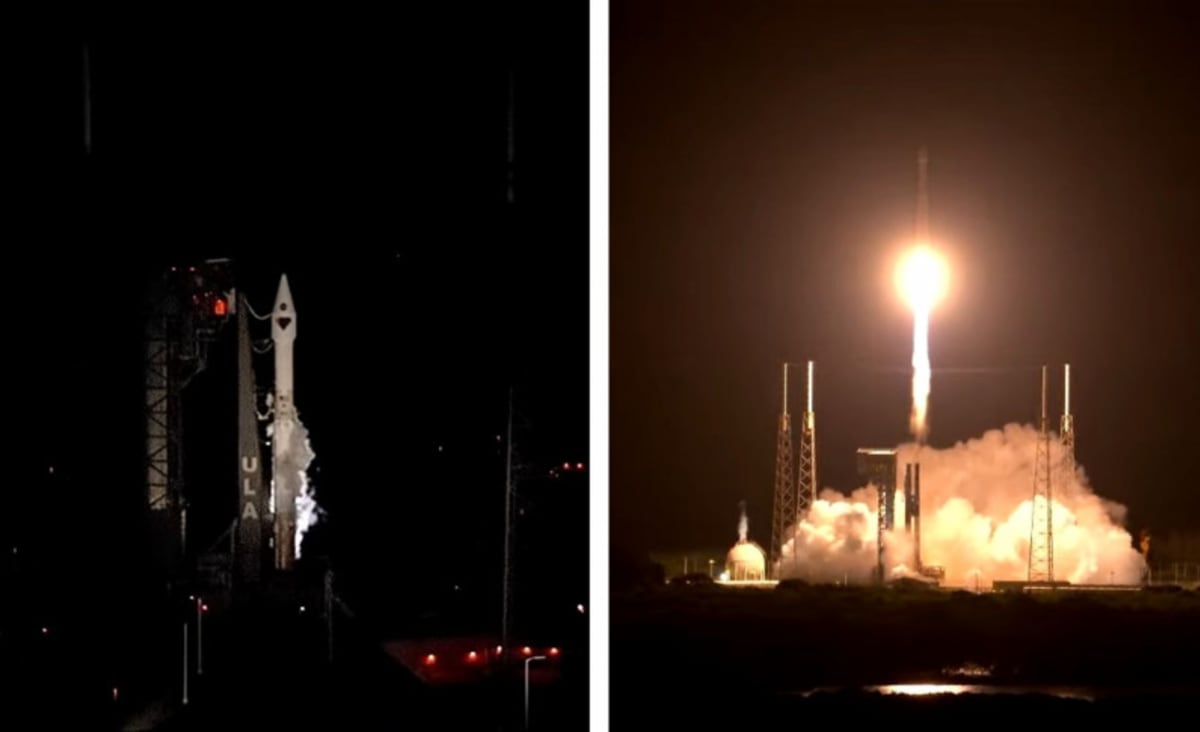
interestingengineering.com
NASA Just Launched a New Spacecraft to Explore 8 'Trojan' Asteroids
The $981 million mission will fly by as many asteroids located near Jupiter as possible with eight different asteroids — a Main Belt asteroid and seven Trojans.
Science & Tech
NASA's Lucy mission successfully launched on Saturday at 5:34 am ET (09:34 UTC) from Cape Canaveral Space Force Station in Florida. The mission launched on an Atlas V rocket carrying the 1.5-ton spacecraft.
The $981 million mission will fly by as many asteroids located near Jupiter as possible (eight different asteroids — a Main Belt asteroid and seven Trojans). The swarms of Trojan asteroids associated with Jupiter that Lucy will explore are thought to be remnants of the primordial material that formed the outer planets.
"The mission takes its name from the fossilized human ancestor (called “Lucy” by her discoverers) whose skeleton provided unique insight into humanity's evolution. Likewise, the Lucy mission will revolutionize our knowledge of planetary origins and the formation of the solar system," said a NASA statement.
Lucy will reach its first asteroid in April 2025, a main-belt asteroid named after Donald Johanson, the American anthropologist who co-discovered the Lucy fossil. No probe has ever been to these asteroids before.
Lucy will use boosts from Earth's gravity to complete its journey. Lucy’s very complex path will give us our first close-up view of all three major types of bodies in the swarms.
These types are the dark-red P- and D-type Trojans as well as the C-types that are found mostly in the outer parts of the Main Belt of asteroids, between Mars and Jupiter.
Lucy is unique in the sense that no other space mission in history has been launched to as many different destinations in independent orbits around our sun. It will showcase for the first time, the variety of the primordial bodies that developed the planets.
























































